Join us for conversations that inspire, recognize, and encourage innovation and best practices in the education profession.
Available on Apple Podcasts, Spotify, Google Podcasts, and more.
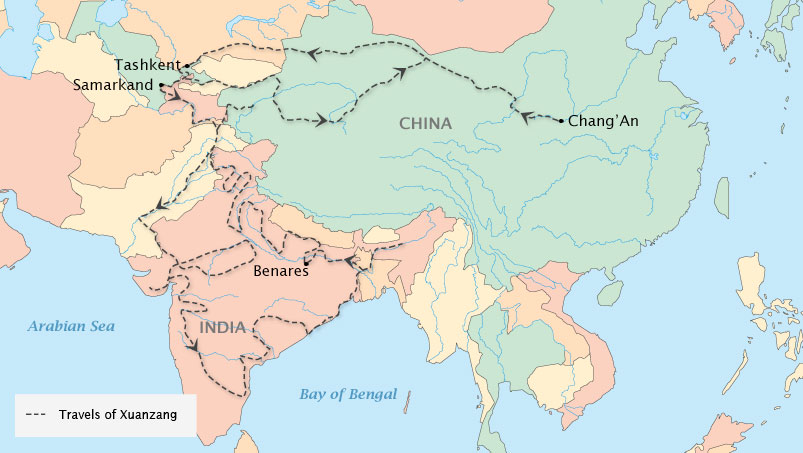
The travels of the real monk Xuanzang.
© 2010 Map Resources, All rights reserved.
The real, historical monk Hsuan Tsang actually walked on foot from China to India, and then throughout the Indian subcontinent. The distance, scholars believe, is like walking from Maine to California, only you’d have to cross an enormous desert and the Himalayan Mountains, home to Mt. Everest (and much taller than the Rocky Mountains). The land at Hsuan Tsang’s time was mostly unmapped, and early listeners to the stories that would make up Journey to the West might well have believed there were monsters, dragons, and demons lurking there.
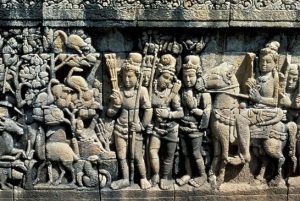
Chinese emissaries to India bring missionaries and sutras back home with them, introducing Buddhism to China.
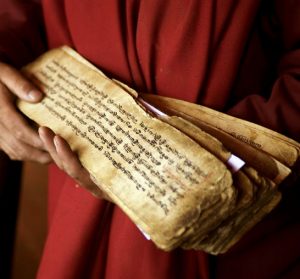
The first documented translation of Buddhist scriptures into Chinese.
Hsuan Tsang is born.
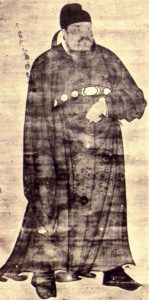
T’ang dynasty is founded (holds power from 618-907).
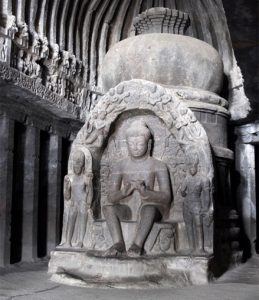
Hsuan Tsang states that a dream has convinced him to go to India to study at Buddhist monasteries there and bring back sutras to China for translation.
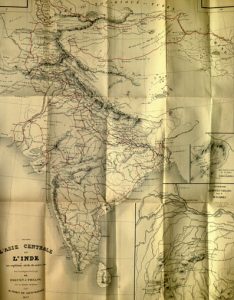
Hsuan Tsang travels in regions that are now India, Pakistan, and Nepal.
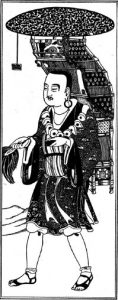
Hsuan Tsang returns to China and is welcomed by the emperor. He spends the rest of his life translating the sutras.
Hsuan Tsang dies.
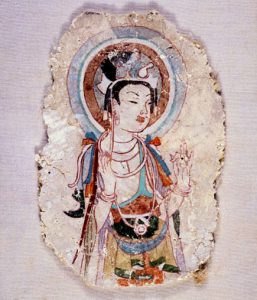
T’ang Emperor Wuzong, who detests Buddhists as loafers and beggars, orders the destruction of 4,600 Buddhist monasteries and 40,000 temples in China, leaving about 250,000 Buddhists monks and nuns homeless.
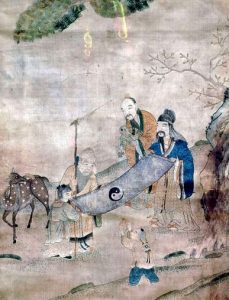
Song dynasty
Buddhism goes underground, its teachings partly adopted by Confucianism and Taoism.
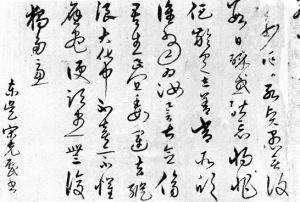
Ming dynasty scholars and authors promote literature that copies Han dynasty prose (206 BCE-220 CE) and early T’ang poetry (written before 770 CE).
Scholar and writer Wu Ch’eng-en is born.
Wu publicly conforms to literary expectations, writing stories that imitate Han literature.
Wu Ch’eng-en dies.
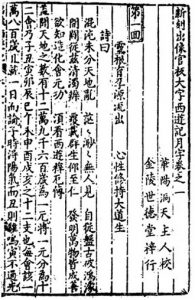
Journey to the West is published anonymously; it is most likely the work of Wu Ch’eng-en.
A local history of Huai-an, Wu’s home region, cites him as the author of Monkey.
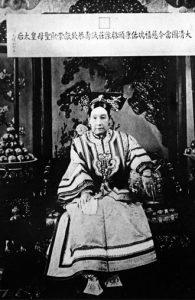
Qing dynasty.
(Zen) Buddhism is once again the official religion of the Chinese court.
Arthur Waley is born in England.
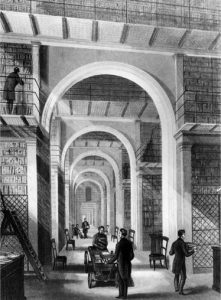
Waley is made Assistant Keeper of Oriental Prints and Manuscripts at the British Museum in London. He teaches himself Chinese and Japanese.
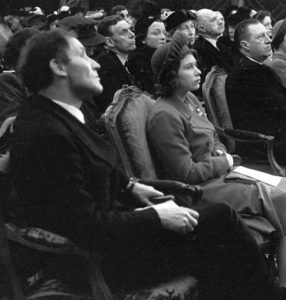
Waley quits his job to devote himself to translation.
Waley’s translation of Monkey is published.
Around 1 billion Chinese Buddhists.
China has the largest Buddhist population in the world, and the religion is tacitly supported by the Communist government.